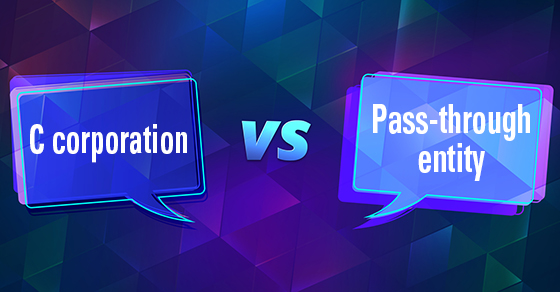For small businesses, managing payroll can be one of the most arduous tasks. Adding to the burden earlier this year was adjusting income tax withholding based on the new tables issued by the IRS. (Those tables account for changes under the Tax Cuts and Jobs Act.) But it’s crucial not only to withhold the appropriate taxes — including both income tax and employment taxes — but also to remit them on time to the federal government.
If you don’t, you, personally, could face harsh penalties. This is true even if your business is an entity that normally shields owners from personal liability, such as a corporation or limited liability company.
The 100% penalty
Employers must withhold federal income and employment taxes (such as Social Security) as well as applicable state and local taxes on wages paid to their employees. The federal taxes must then be remitted to the federal government according to a deposit schedule.
If a business makes payments late, there are escalating penalties. And if it fails to make them, the Trust Fund Recovery Penalty could apply. Under this penalty, also known as the 100% penalty, the IRS can assess the entire unpaid amount against a “responsible person.”
The corporate veil won’t shield corporate owners in this instance. The liability protections that owners of corporations — and limited liability companies — typically have don’t apply to payroll tax debts.
When the IRS assesses the 100% penalty, it can file a lien or take levy or seizure action against personal assets of a responsible person.
“Responsible person,” defined
The penalty can be assessed against a shareholder, owner, director, officer or employee. In some cases, it can be assessed against a third party. The IRS can also go after more than one person. To be liable, an individual or party must:
- Be responsible for collecting, accounting for and remitting withheld federal taxes, and
- Willfully fail to remit those taxes. That means intentionally, deliberately, voluntarily and knowingly disregarding the requirements of the law.
Prevention is the best medicine
When it comes to the 100% penalty, prevention is the best medicine. So make sure that federal taxes are being properly withheld from employees’ paychecks and are being timely remitted to the federal government. (It’s a good idea to also check state and local requirements and potential penalties.)
If you aren’t already using a payroll service, consider hiring one. A good payroll service provider relieves you of the burden of withholding the proper amounts, taking care of the tax payments and handling recordkeeping. Contact us for more information.






